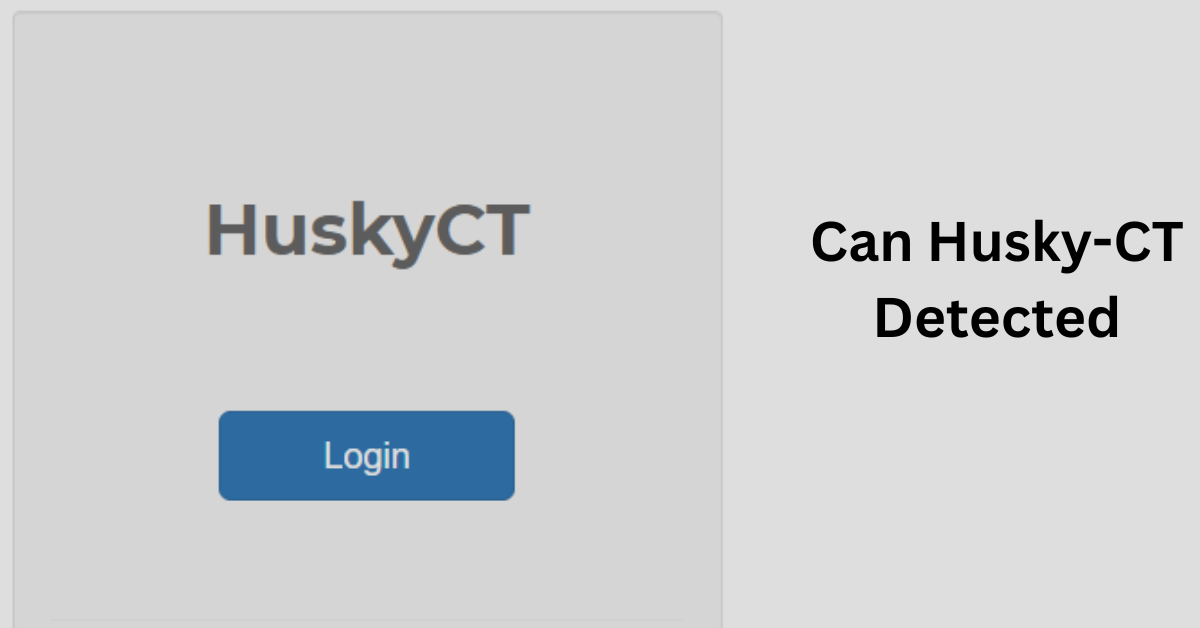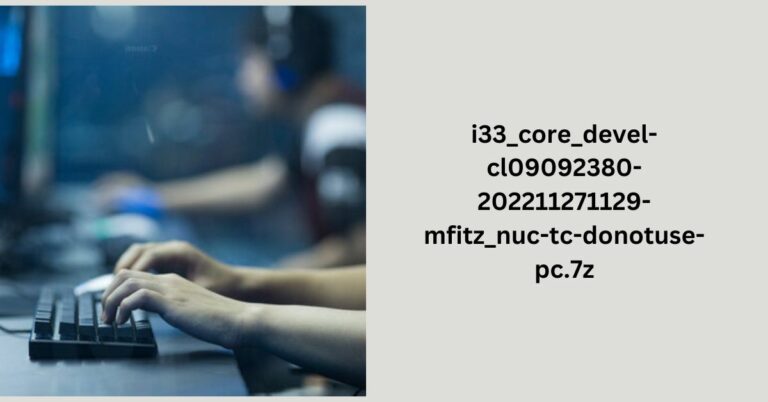Can Husky-CT Detected? Latest Guide In 2023
Husky-CT is a type of malware that has been causing concern among computer users. It is a type of ransomware that encrypts files on a computer and demands payment in exchange for the decryption key.
The malware is known for its ability to evade detection by traditional antivirus software. This has led many people to wonder if Husky-CT can be detected at all.
How Husky-CT Works?
Before we dive into the question of whether Husky-CT can be detected, it is important to understand how the malware works. Husky-CT is typically spread through phishing emails or malicious websites. Once it infects a computer, it begins to encrypt files on the hard drive using a strong encryption algorithm.
The malware then displays a message demanding payment in exchange for the decryption key. One of the reasons that Husky-CT is so difficult to detect is that it uses advanced techniques to evade detection.
For example, the malware may use code obfuscation to make it difficult for antivirus software to analyze its behavior. It may also use encryption to hide its communications with command and control servers.
Can Husky-CT be Detected?
The short answer to this question is yes, Husky-CT can be detected. However, detecting the malware can be challenging due to its advanced evasion techniques. Traditional antivirus software may not be able to detect Husky-CT because the malware is constantly evolving and changing.
To detect Husky-CT, you will need to use advanced security tools that are designed to detect and respond to advanced threats. These tools may include endpoint detection and response (EDR) solutions, network traffic analysis (NTA) tools, and threat intelligence platforms.
EDR solutions are designed to monitor endpoints for suspicious behavior and respond to threats in real-time. They can detect Husky-CT by analyzing the behavior of the malware on the endpoint.
For example, an EDR solution may detect that the malware is attempting to encrypt files on the hard drive and respond by isolating the endpoint and alerting security personnel.
NTA tools are designed to monitor network traffic for suspicious behavior. They can detect Husky-CT by analyzing the communications between the malware and command and control servers.
For example, an NTA tool may detect that the malware is communicating with a known malicious IP address and alert security personnel.
Threat intelligence platforms are designed to provide organizations with up-to-date information about emerging threats. They can detect Husky-CT by analyzing threat intelligence feeds for indicators of compromise (IOCs).
For example, a threat intelligence platform may detect that a new variant of Husky-CT has been identified and provide organizations with information on how to detect and respond to the threat.
Preventing Husky-CT Infections
While it is possible to detect Husky-CT, it is always better to prevent infections from occurring in the first place.
There are several steps that you can take to prevent Husky-CT infections:
- Inform staff members of phishing scams and how to spot them.
- To stop phishing emails from reaching employees, use email filtering software.
- Update software with the most recent security fixes.
- Protect important accounts by using two-factor authentication and strong passwords.
- Regularly create backups of vital data and keep them in a secure location.
- Utilise cutting-edge security tools, such as EDR solutions and NTA tools, to quickly identify and address attacks.
The Bottom Line
A form of ransomware called Husky-CT uses sophisticated evasion strategies, making it challenging to find. However, the malware can be found utilising cutting-edge security tools including threat intelligence platforms, EDR solutions, and NTA tools.
Employees should be informed about phishing scams, use email filtering software, update software frequently, use strong passwords and two-factor authentication, periodically back up sensitive data, and utilise advanced security measures to prevent infections from happening in the first place.
Organisations can defend themselves against advanced threats like Husky-CT by taking following actions.
FAQs
Q: How can Husky-CT be detected?
A: Advanced security tools such as endpoint detection and response (EDR) solutions, network traffic analysis (NTA) tools, and threat intelligence platforms can be used to detect Husky-CT. These tools analyze the behavior of the malware, monitor network traffic, and provide up-to-date information about emerging threats.
Q: How can Husky-CT infections be prevented?
A: To prevent Husky-CT infections, it is recommended to educate employees about phishing scams, use email filtering software, keep software up-to-date with security patches, use strong passwords and two-factor authentication, regularly back up important data, and utilize advanced security tools for real-time threat detection and response.
Q: What are some advanced security tools to detect Husky-CT?
A: Endpoint detection and response (EDR) solutions, network traffic analysis (NTA) tools, and threat intelligence platforms are advanced security tools that can help detect Husky-CT.
Q: Why is Husky-CT difficult to detect?
A: Husky-CT is difficult to detect because it employs advanced evasion techniques such as code obfuscation and encryption to hide its behavior and communications with command and control servers.
Q: What are some key steps to protect against Husky-CT and other advanced threats?
A: Key steps to protect against Husky-CT and other advanced threats include employee education, email filtering, keeping software updated, using strong passwords and two-factor authentication, regular data backups, and utilizing advanced security tools for real-time threat detection and response.




